Make Your Old Jeans Into a Quilt!
61559 Views, 71 Favorites, 0 Comments
Make Your Old Jeans Into a Quilt!
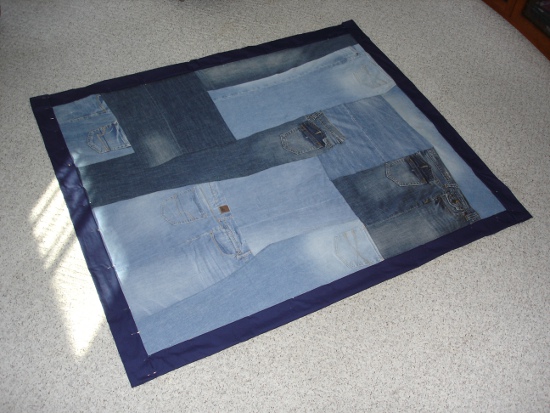
Many times your old, worn out jeans just sit around taking up space while never being used. This is an easy way to save all of your favorite pockets, zippers, grass stains, and rips and make them into a warm and very heavy blanket. This quilt is a fairly easy to make. Even as a very unexperienced sewer, I was able to complete this project in only a few afternoons.
What you need:
-Roughly 3-5 pairs of jeans
-A pair of scissors
-A flat bed sheet
-Many stick pins
-A sewing machine with thread
Split Your Jeans Right Down the Middle.




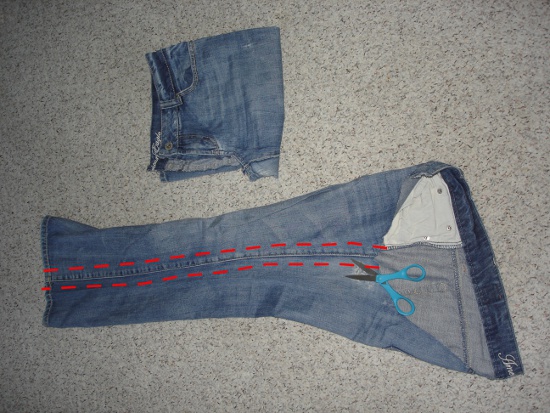
The number of pairs of jeans you need for your quilt really depends on size you wish the blanket to be. This time, I am making a smaller lap blanket that is roughly 4.5 ft by 5.5 ft. I was able to complete this blanket with three pairs of adult jeans.
The first step to readying your jeans is opening them all up. The easiest way to do this is to cut out the middle seam that runs down the crotch. This seam includes the zipper in the front and then runs down and around to the back, right between the two back pockets. From the second and third image, you can see how I cut right now one side of the seam, all the way around, until the two sides (left leg and right leg) are separated. Once this first cut is made, simply cut the seam off of the other side. Now, open up the two legs by cutting out the seam that runs down the inside of the leg. You can see this in the final image.
If at any time in this process you find a particular part of a pair of jeans you wish to use in your quilt, it is quite easy to improvise. Each quilt will be incredibly unique and each piece can have special memories and meaning. I really enjoy pockets and try to save any pieces with hammer loops to use for my quilts.
Cut Jean Halves Into Workable Pieces.


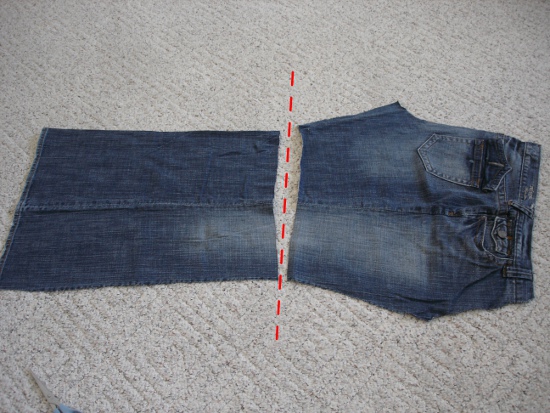
Fit the Pieces Together.

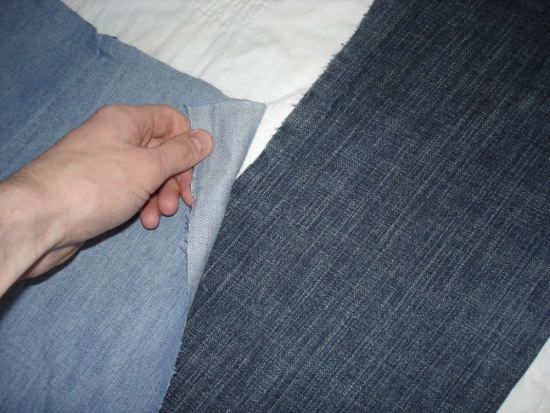


With this process there are three important things to remember:
1. All pieces should over lap at least an inch. Doing so will increase the ease of sewing later.
2. All edges will be squared off later. If you have a pocket that you particularly like, make sure you give some space between the edge of the quilt and the pocket.
3. Some parts of a pair of jeans are thicker than others. Waist bands and other seams are thicker and will be harder to sew through later. Sometimes it is easier just to cut these parts off of each piece.
Pin Pieces Together.

Sew Chunks Together.



Ready the Backing.
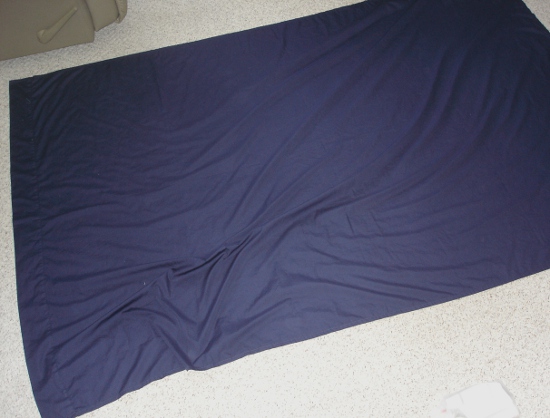
The sheet needs to be large enough to have at least 6-8 inches on all four sides of the jean quilt. Lay the sheet on the ground and smooth out all of the wrinkles. In order to have a flat and well fit backing, the sheet needs to lay flat on the ground. Once the sheet is smooth, lay the jeans in the center of the sheet. Smooth any wrinkles out of the jeans as well.
Square Off the Quilt.
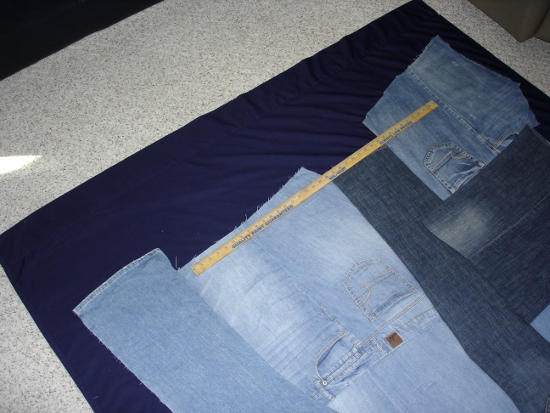

Add the Backing.


Personalize Your Finished Quilt!

